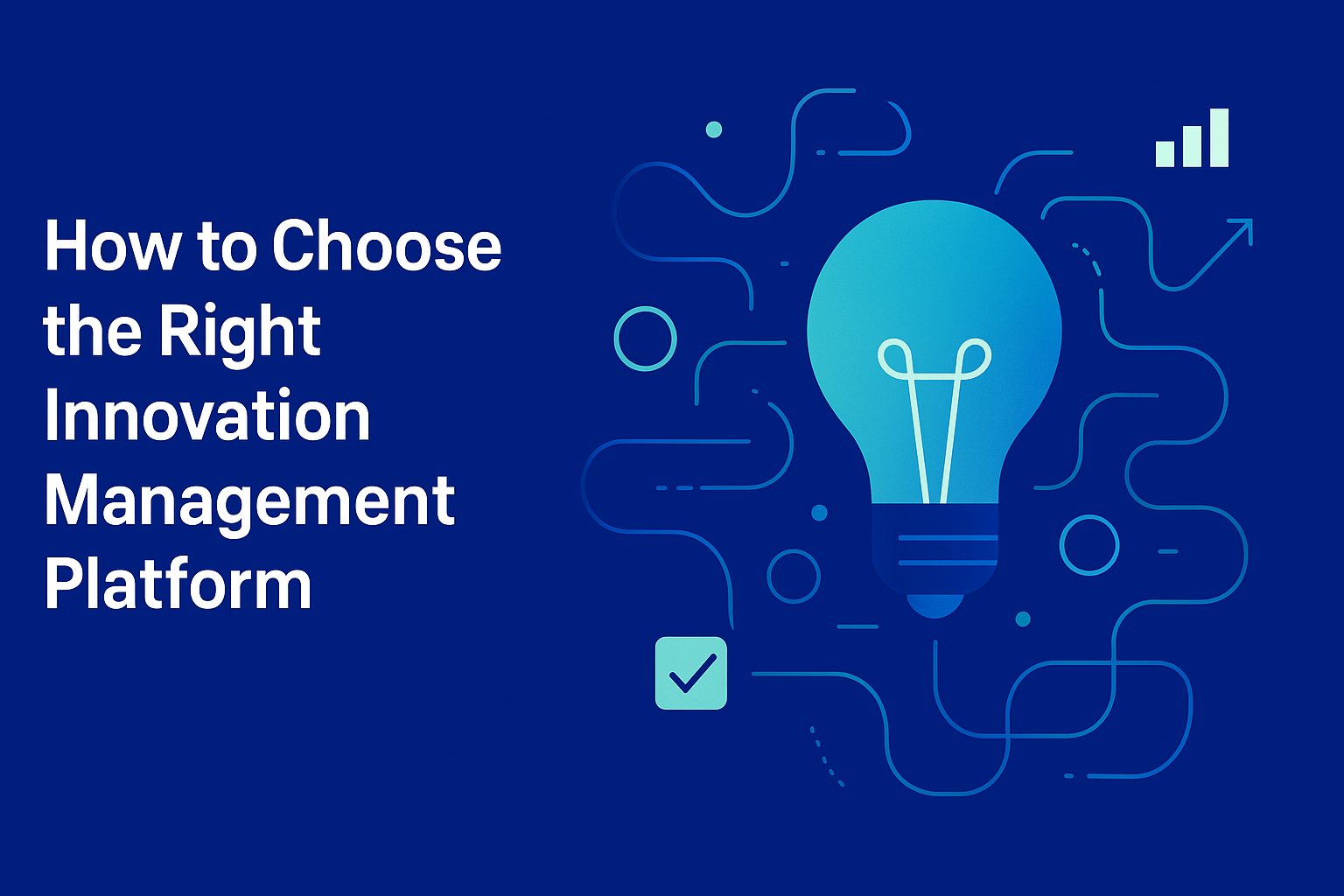How to Run a Successful Pilot with a Startup: Frameworks, KPIs & Enterprise Best Practices
Running a successful startup pilot takes more than great ideas — it requires structure, metrics, and alignment. Learn how leading enterprises design startup pilots with clear workflows, decision gates, and KPIs that turn innovation into measurable impact.
Enterprises increasingly turn to startups to accelerate innovation, test new technologies, and unlock disruptive solutions. But without a structured approach, pilot programs often stall — failing to scale or demonstrate clear ROI. A well-designed pilot framework changes that. It ensures every engagement is strategically aligned, measurable, and set up to deliver outcomes that matter.
Why Startup Pilots Often Fail — and How to Fix It
Most innovation teams know the frustration: a promising pilot that never scales, unclear ownership, or difficulty proving value to leadership. Common pitfalls include:
- Lack of clearly defined success criteria or KPIs
- Unstructured workflows and approval gates
- Misalignment between innovation, IT, and business units
- No clear transition plan from pilot to production
A robust pilot management framework helps enterprises overcome these issues by combining process discipline, collaboration, and transparency from the start.
The Enterprise Pilot Framework: From Discovery to Scale
A successful startup pilot typically follows a structured, gated process that ensures strategic alignment and measurable progress. Below is a proven five-stage framework used by leading innovation teams.
1. Define the Problem and Objectives
Start with clarity. Define the challenge the startup pilot will address — whether it’s improving efficiency, reducing costs, or enabling new business models. Establish specific objectives and success metrics early. This ensures all stakeholders, from innovation teams to IT, are aligned on what success looks like.
2. Select and Onboard the Right Startup
Effective startup selection combines technology scouting, evaluation criteria, and due diligence. Look for startups that not only offer promising technology but can also integrate into enterprise workflows. Consider factors like scalability, data security, and cultural fit.
Enterprises using structured scouting platforms like Traction Technology can centralize evaluations, streamline collaboration, and ensure alignment between business units.
3. Design the Pilot Workflow and Governance
Establish clear workflows with decision gates and ownership at each stage. Typical stages include:
- Proposal: Define pilot scope, duration, and stakeholders.
- Design: Agree on KPIs, data collection methods, and validation criteria.
- Execution: Run the pilot with structured reporting and feedback loops.
- Evaluation: Assess against KPIs and readiness to scale.
- Decision Gate: Move to scale, pivot, or terminate.
Automation tools and collaboration platforms help manage these workflows transparently across departments.
4. Measure Pilot Performance with the Right KPIs
Quantifying pilot success is critical to maintaining executive support and budget continuity. Core innovation KPIs for pilot programs include:
- Time-to-Pilot: How quickly the pilot was launched after selection.
- Pilot Conversion Rate: Percentage of pilots moving to production.
- Business Impact: Cost savings, new revenue potential, or efficiency gains.
- Stakeholder Engagement: Cross-functional participation and feedback quality.
- Learning Velocity: How effectively insights are captured and reused.
5. Scale What Works — and Capture Learnings
Once a pilot demonstrates value, enterprises must have a clear transition plan to scale. Define integration requirements early, secure business owner sponsorship, and create a process to capture learnings — even from failed pilots. This builds institutional knowledge and accelerates future initiatives.
Integrating Pilots into Your Innovation Management System
Managing multiple startup pilots manually across teams quickly becomes unmanageable. Integrating pilot workflows into an innovation management platform provides visibility, consistency, and data-driven decision-making. With a platform like Traction Technology, enterprises can:
- Centralize pilot tracking and reporting
- Automate decision gates and scoring workflows
- Measure outcomes against predefined innovation KPIs
- Enable collaboration across innovation, IT, and business units
This level of integration transforms pilots from one-off experiments into repeatable, measurable engines of enterprise innovation.
Building a Culture of Experimentation and Accountability
Finally, no framework succeeds without the right culture. Encourage teams to view startup pilots as learning opportunities, not just procurement exercises. Recognize teams that take calculated risks, share learnings, and deliver measurable results. By combining a structured process with a culture of accountability, enterprises can continuously evolve how they engage with the startup ecosystem.
Conclusion: Turning Pilots into Scalable Innovation
Startup pilots are no longer optional experiments—they’re strategic instruments for future-proofing the enterprise. By applying disciplined frameworks, defining clear KPIs, and integrating management systems, innovation leaders can transform pilots into scalable, measurable innovation engines that deliver real business impact.









.webp)